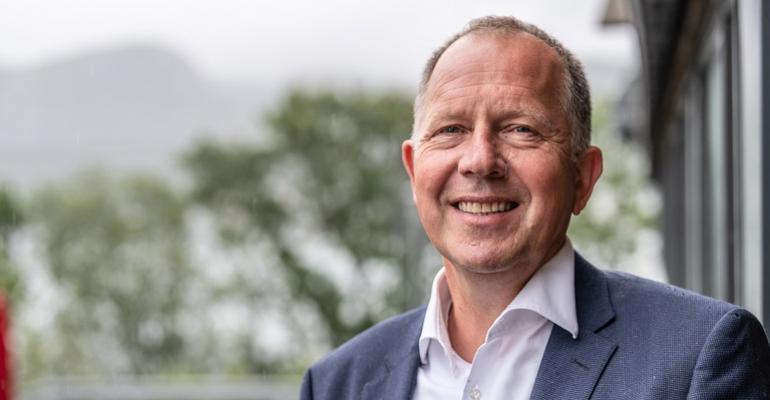He notes that although the company’s orderbook is now significantly larger than it was at this time last year, many shipowners are still seeking to push installations out as far as possible.
Meanwhile, drydock extensions of up to six months, sometimes longer, are being granted as operators wrestle the challenges of congestion, crew changes, and other operational disruption. At the same time, owners are seeking to make the most of spectacular rates in some key sectors.
“We believe that the installation growth curve will be somewhat less steep [than it was] but last longer, as shipowners try to wait as long as possible with installations,” Kallestad said yesterday. “We have won a lot of new customers this year and we expect that this will help us to win more business as the retrofit wave moves on.”
Kallestad stressed the importance of careful project planning and Optimarin’s ability to support owners in this process. Scope to deliver projects at short notice has been a differentiator. Typical delivery times of around 30 days, but in some cases as fast as ten days, are much shorter than the industry norm of about three months.
“This process can be even more streamlined when we work with, for example, Newport Shipping, which offers yard slots and installation capacity,” he said. “The combination of short delivery times, installation, and project support, as well as cooperation with partners like Newport gives us an edge in the market.” Kallestad added that both Newport and Optimarin can provide customer financing.
Another key selling point recently has been the launch of the company’s OptiLink system, a digital setup to streamline ballast water system operation and maintenance. Kallestad outlined some of the benefits. Over-the-air trouble-shooting and software updates result in lower service costs and often mean that in-person attendance of a service engineer is not necessary.
Meanwhile digital class approval, currently work in progress, will reduce physical inspections. And time in port can be reduced by improved planning and execution of ballast water operations.
“Over time, lower maintenance costs will be an element as we add sensors and expand monitoring capabilities of the system,” Kallestad continued, adding that the next step is to integrate the OptiLink software with some of the large digital providers of vessel services. “We expect to be able to tell more about this before Christmas,” he said.
Optimarin has sold more than 1,200 systems so far, three quarters of which have been installed. Kallestad said that the company is well on its way to meeting its next short-term sales target of 1,500 systems.
Copyright © 2024. All rights reserved. Seatrade, a trading name of Informa Markets (UK) Limited.
Add Seatrade Maritime News to your Google News feed.  |

